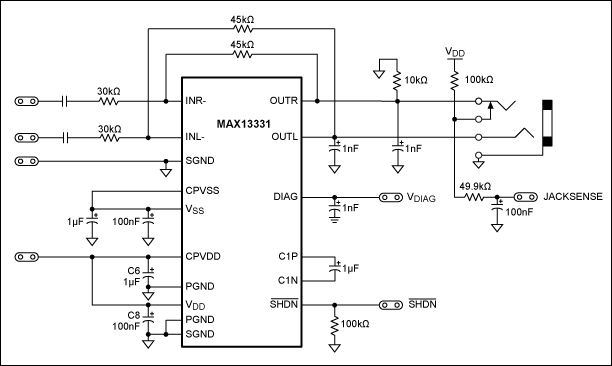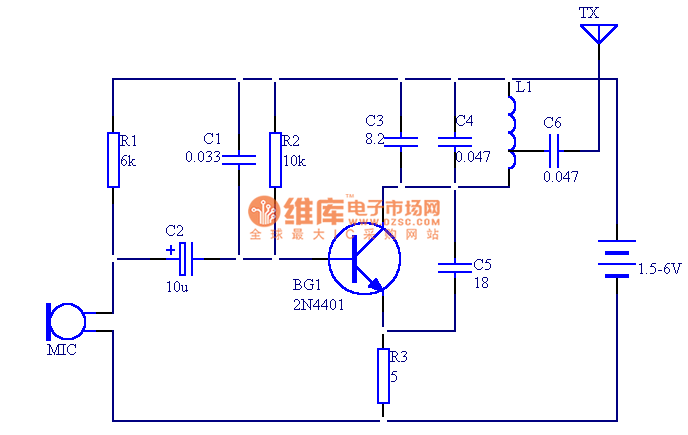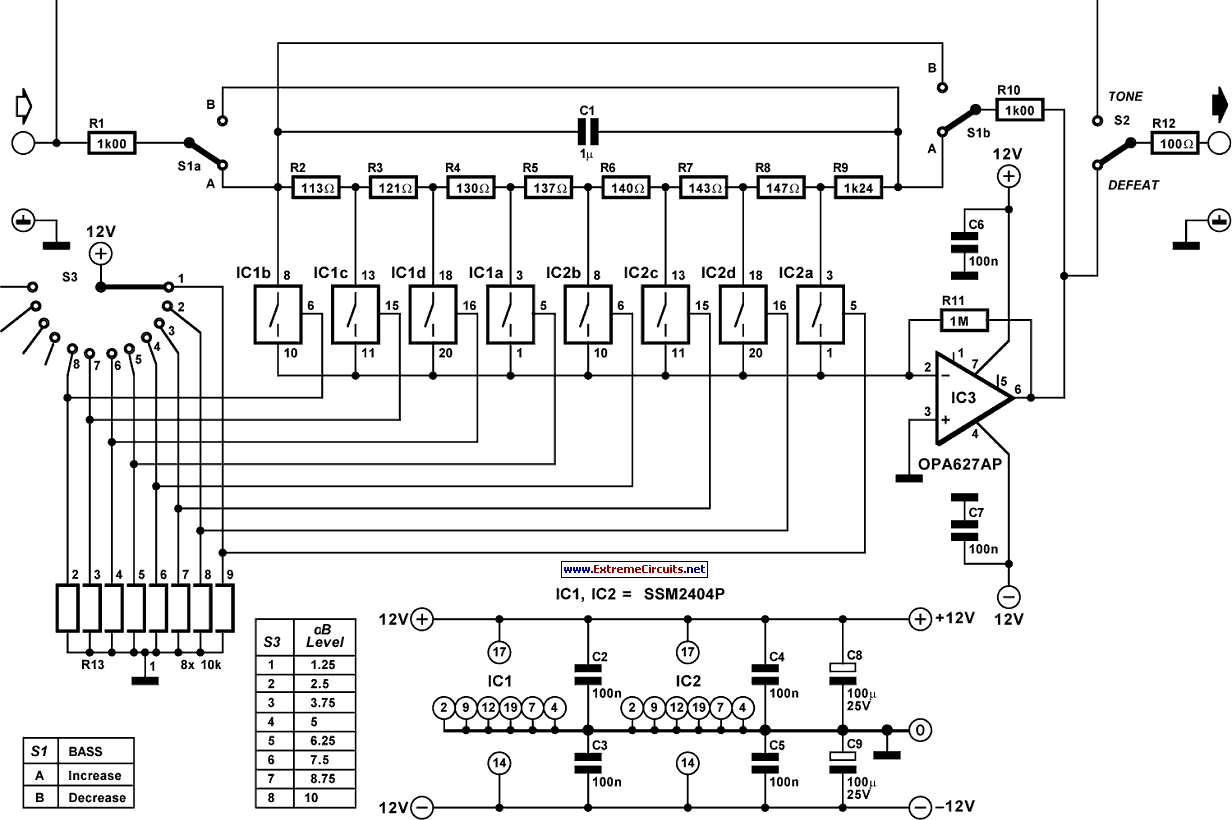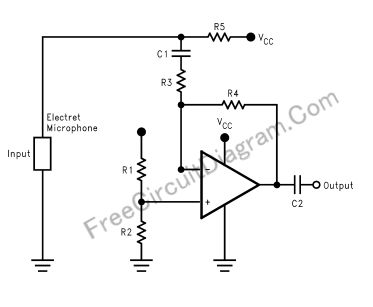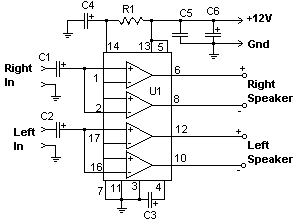
One chip audio generator
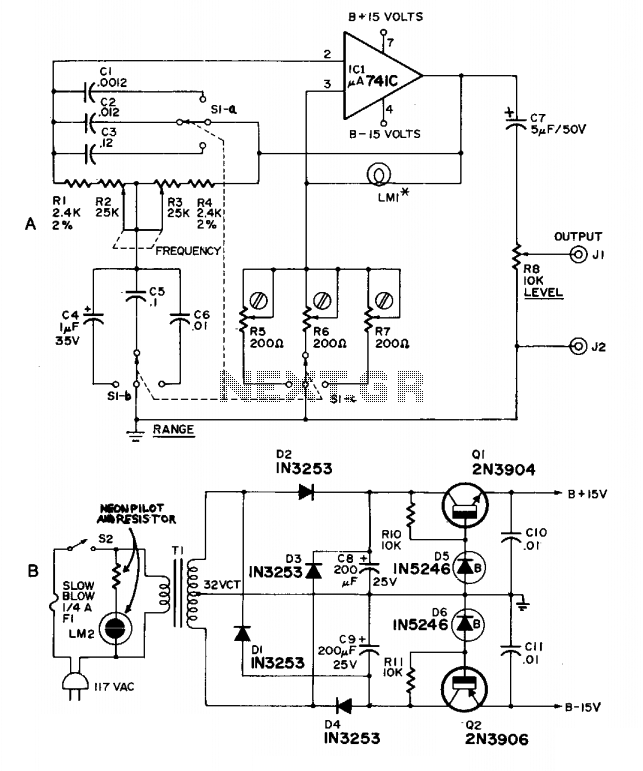
This high-quality, low-cost generator operates within a frequency range of 20 Hz to 20 kHz across three bands, maintaining less than 1% distortion. It utilizes LM1-10 V at 14 mA (344,1869, 914) or 10 V at 10 mA (913, 367).
The audio generator circuit is designed to produce a range of audio frequencies, making it suitable for various applications in audio testing and signal generation. The generator is capable of delivering clean and stable sine, square, and triangle waveforms, which are essential for testing audio equipment, synthesizers, and other electronic devices.
The circuit employs operational amplifiers to ensure low distortion and high fidelity in the output signals. The frequency selection is achieved through a combination of resistors and capacitors that determine the timing characteristics of the oscillation, allowing for precise tuning across the specified frequency bands.
The power supply requirements of the circuit are flexible, accommodating both 10 V at 10 mA and 10 V at 14 mA configurations, which can be selected based on the specific application needs. The low-cost components used in the design contribute to the overall affordability of the generator while maintaining high performance.
Overall, this audio generator circuit is an invaluable tool for engineers and technicians in the field of electronics, enabling effective testing and analysis of audio systems and components.This high-quality low-cost generator covers 20 Hz to 20 kHz in three bands with less than 1% distortion. LM1-10 V, 14 mA (344,1869, 914) or 10 V, 10 mA (913, 367). This is the audio generator circuit.
The audio generator circuit is designed to produce a range of audio frequencies, making it suitable for various applications in audio testing and signal generation. The generator is capable of delivering clean and stable sine, square, and triangle waveforms, which are essential for testing audio equipment, synthesizers, and other electronic devices.
The circuit employs operational amplifiers to ensure low distortion and high fidelity in the output signals. The frequency selection is achieved through a combination of resistors and capacitors that determine the timing characteristics of the oscillation, allowing for precise tuning across the specified frequency bands.
The power supply requirements of the circuit are flexible, accommodating both 10 V at 10 mA and 10 V at 14 mA configurations, which can be selected based on the specific application needs. The low-cost components used in the design contribute to the overall affordability of the generator while maintaining high performance.
Overall, this audio generator circuit is an invaluable tool for engineers and technicians in the field of electronics, enabling effective testing and analysis of audio systems and components.This high-quality low-cost generator covers 20 Hz to 20 kHz in three bands with less than 1% distortion. LM1-10 V, 14 mA (344,1869, 914) or 10 V, 10 mA (913, 367). This is the audio generator circuit.
